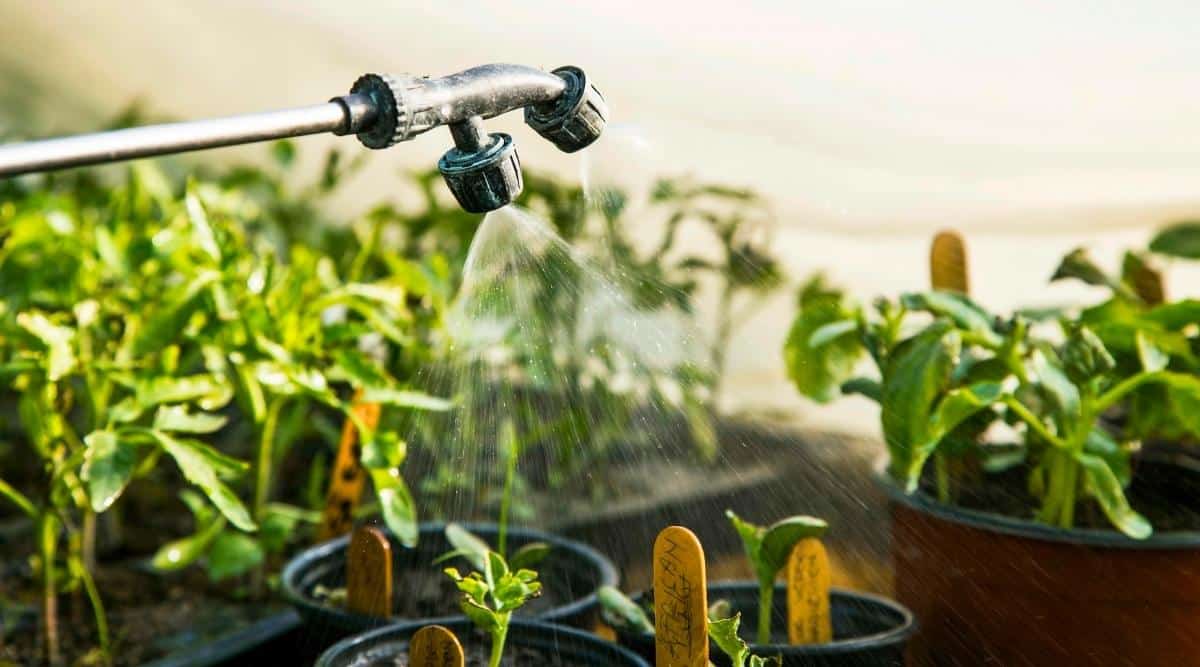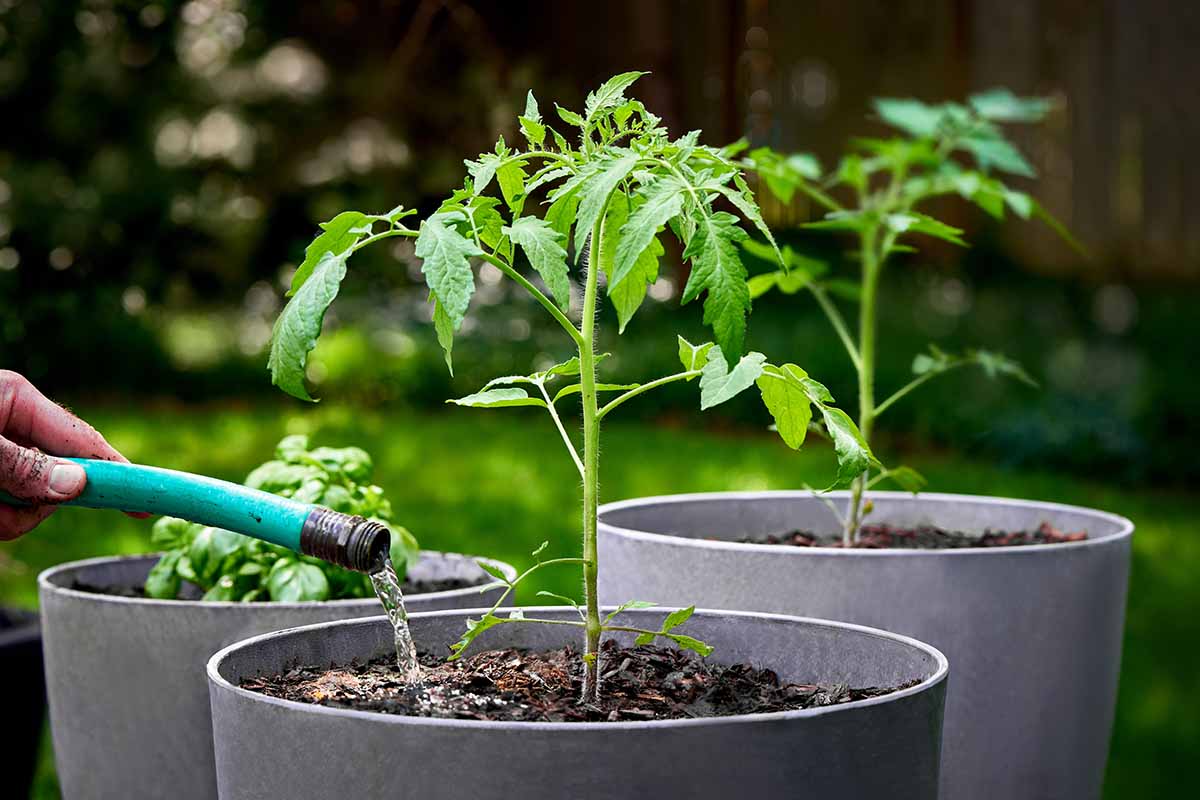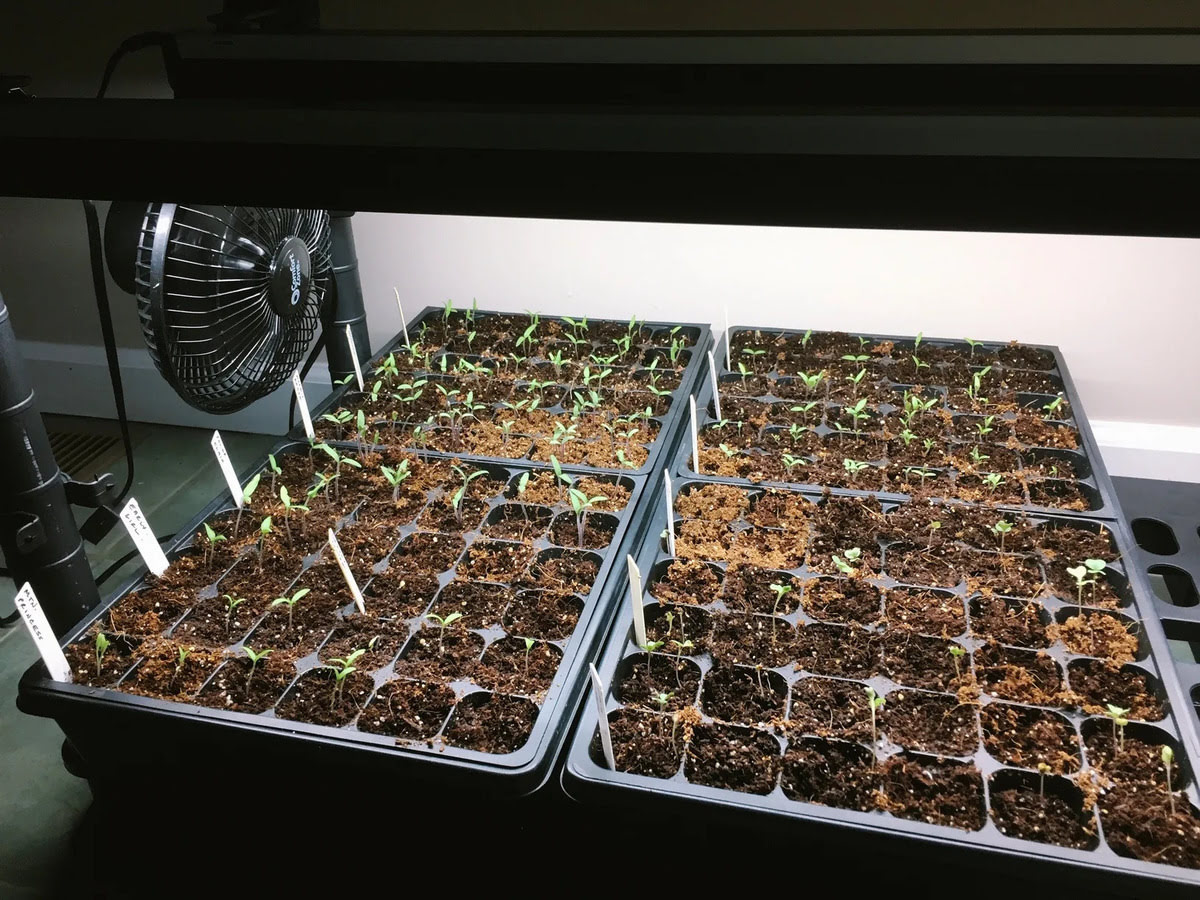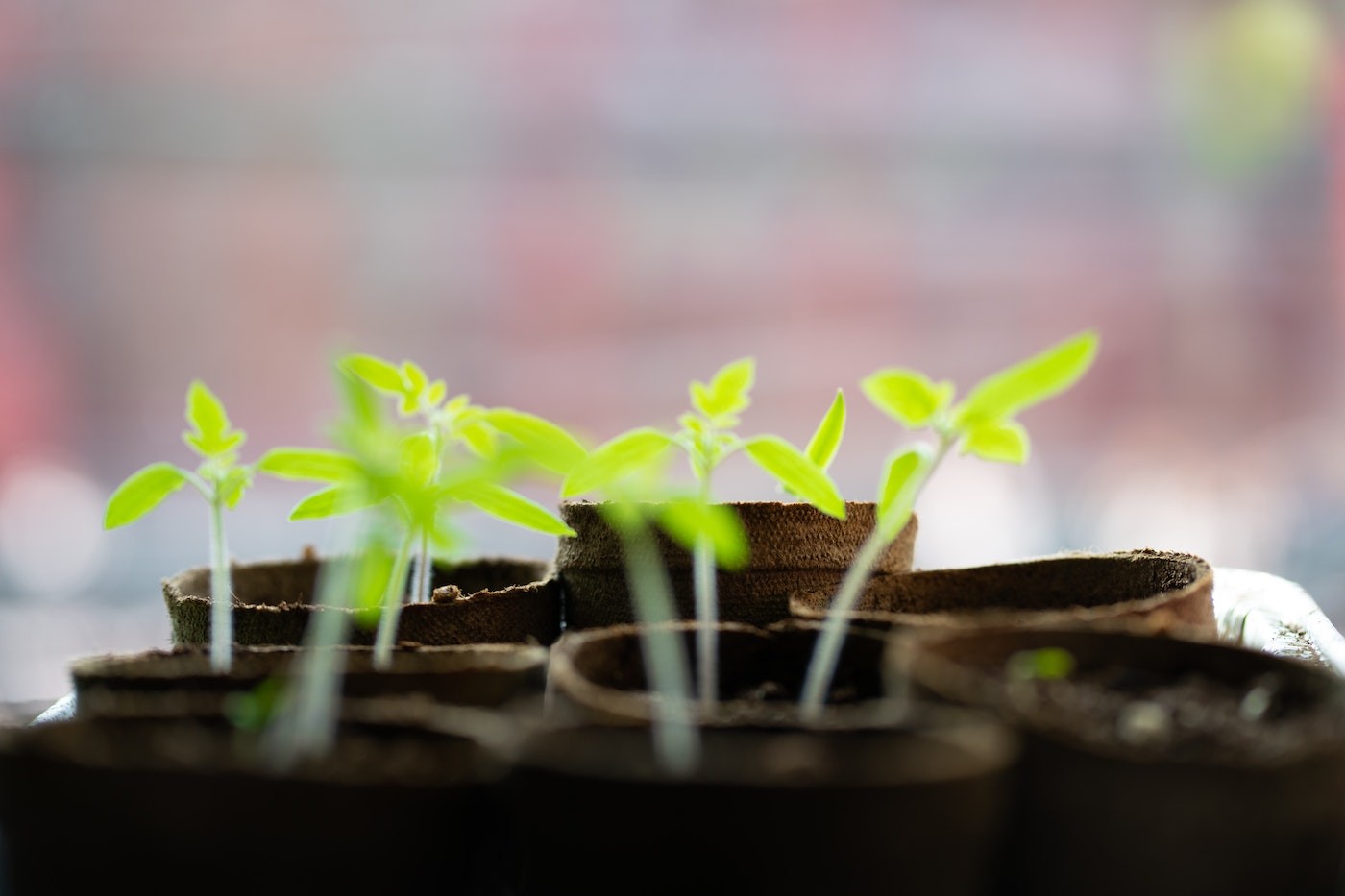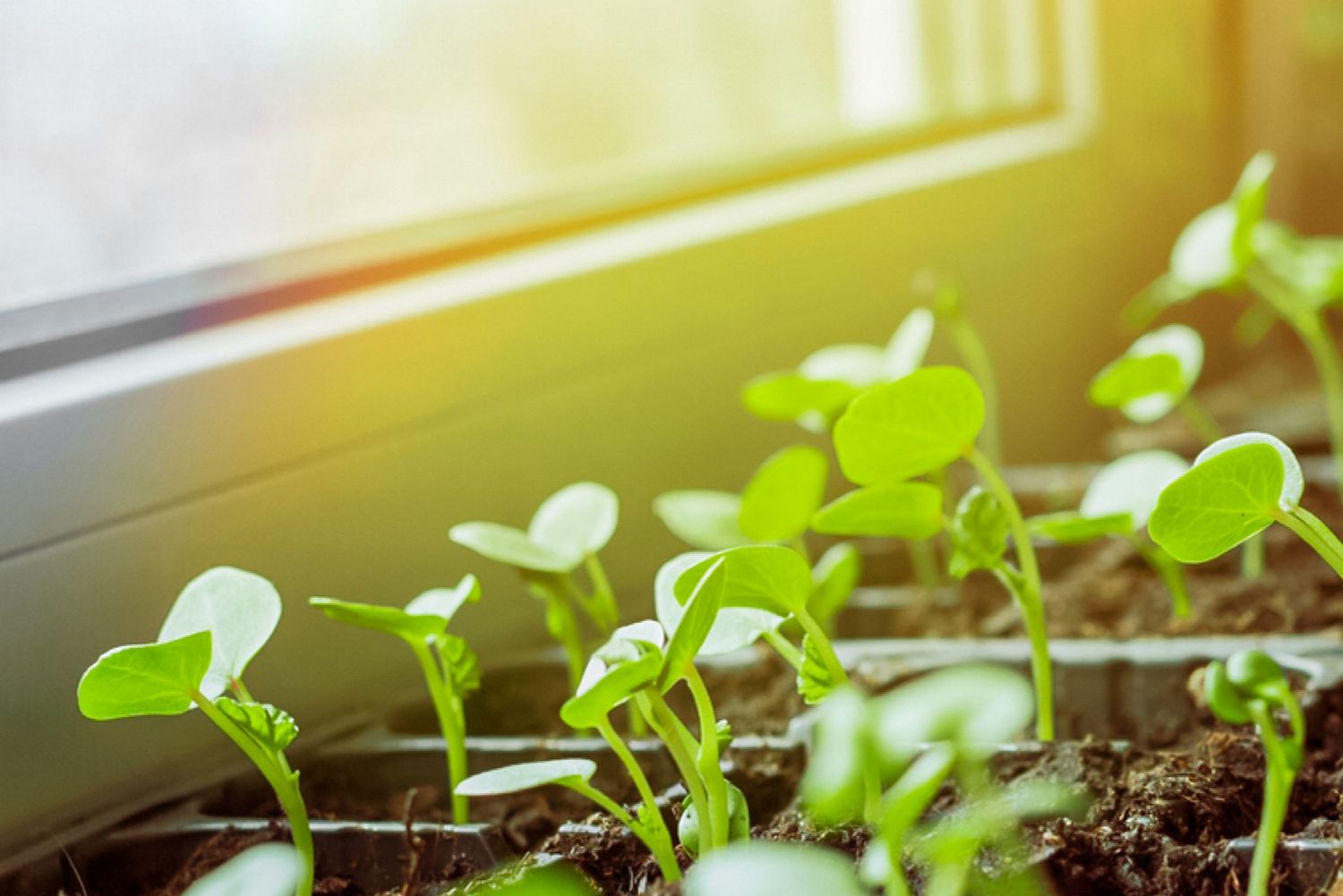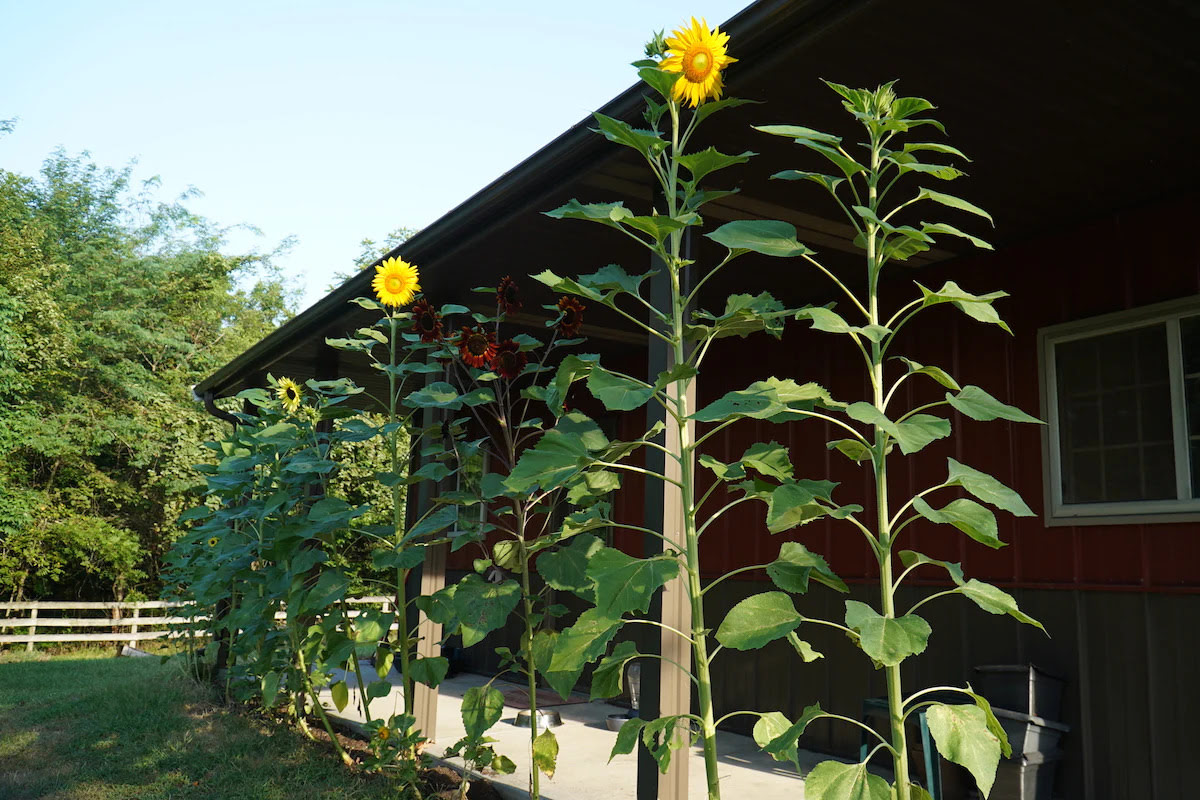Home>Types of Gardening>Ornamental Gardening>How Tall Should Cannabis Seedlings Be


Ornamental Gardening
How Tall Should Cannabis Seedlings Be
Published: January 4, 2024
Learn about the ideal height for cannabis seedlings in ornamental gardening. Find out the best practices for nurturing healthy and thriving plants.
(Many of the links in this article redirect to a specific reviewed product. Your purchase of these products through affiliate links helps to generate commission for Chicagolandgardening.com, at no extra cost. Learn more)
Table of Contents
Introduction
Welcome to the exciting world of cannabis gardening! Whether you’re a seasoned grower or just starting out, understanding the ideal height for your cannabis seedlings is crucial for their healthy development. The height of seedlings can provide valuable insight into their overall health and indicate whether or not they are receiving adequate care. In this article, we will explore the factors affecting cannabis seedling height, discuss the ideal height for seedlings, highlight common issues that may arise, and provide tips on how to promote optimal seedling height.
As cannabis growers, we aim to cultivate lush and robust plants that will eventually yield bountiful harvests. Seedling height is a key indicator of plant health and can be influenced by various factors, including genetics, environmental conditions, and cultivation techniques. Understanding these factors will enable you to make informed decisions and take appropriate measures to ensure the best possible start for your cannabis plants.
It is important to note that cannabis seedlings have specific height requirements at different stages of their growth. In the early stages, a seedling’s height can indicate how well it is adapting to its environment and receiving the necessary light and nutrients. As the plant matures, maintaining the right height becomes essential for ensuring an even canopy and efficient light distribution, which will ultimately influence the quality and quantity of your final harvest.
Now that we have highlighted the significance of cannabis seedling height, let’s dive into the factors that can affect it and gain a deeper understanding of what constitutes the ideal seedling height.
Factors Affecting Cannabis Seedling Height
Several factors can influence the height of cannabis seedlings. Understanding these factors will help you identify potential issues and take appropriate measures to promote optimal growth. Let’s take a closer look:
- Genetics: The genetics of your cannabis strain play a significant role in determining the potential height of your seedlings. Some strains naturally grow taller while others have a more compact, bushy growth pattern. It’s important to research the specific strain you are growing to have an idea of the expected height range.
- Light: Light is essential for proper seedling development. Insufficient light can lead to stretching, a condition where seedlings grow tall and leggy in an attempt to reach for more light. This can result in weak stems and poor overall plant structure. Providing adequate light intensity and duration during the seedling stage is crucial for healthy growth.
- Nutrition: Proper nutrition is vital for robust seedling growth. Seedlings need a balanced supply of macronutrients (such as nitrogen, phosphorus, and potassium) as well as micronutrients (such as calcium, magnesium, and iron). Nutrient deficiencies or imbalances can stunt growth and affect the overall height of the seedlings.
- Air circulation: Good air circulation is essential for healthy seedling growth. Stagnant air can lead to weak stems and susceptibility to diseases. Adequate airflow helps strengthen the plants’ stems, encourages transpiration, and promotes overall plant vigor.
- Temperature and humidity: The temperature and humidity levels in your growing environment can impact seedling height. High temperatures can cause seedlings to grow taller as they try to dissipate excess heat. On the other hand, overly humid conditions can lead to dampening-off, a condition where seedlings become weak and collapse. Maintaining optimal temperature and humidity levels can help ensure healthy growth.
- Root health: Healthy roots are crucial for strong seedling development. A well-developed root system allows for efficient nutrient uptake and supports overall plant growth. Poor root health can result in stunted seedlings and hinder their ability to reach their full height potential.
- Training techniques: Some cultivation techniques, such as topping, pruning, or using plant supports like trellises, can influence seedling height. These techniques can help control the plant’s growth and create a more compact and bushy structure, maximizing productivity in limited spaces.
By considering these factors and implementing appropriate measures, you can encourage optimal seedling height, setting the stage for healthy and productive cannabis plants. In the next section, we will discuss the ideal height for cannabis seedlings to ensure their healthy and vigorous growth throughout their life cycle.
Ideal Height for Cannabis Seedlings
Knowing the ideal height for your cannabis seedlings is essential for promoting their healthy development. The optimal height can vary depending on factors such as genetics, strain, and growing environment. However, there are some general guidelines to help you gauge whether your seedlings are on the right track:
During the early vegetative stage, cannabis seedlings typically have a height ranging from 2 to 4 inches (5 to 10 cm). At this stage, the focus is on establishing a healthy root system and building a strong foundation for future growth. Seedlings should have sturdy stems and well-developed leaves.
As the vegetative stage progresses, the seedlings will experience rapid growth. By the time they reach the end of the vegetative stage and are ready to enter the flowering stage, they should ideally be around 12 to 18 inches (30 to 45 cm) tall. This height will vary depending on the strain and desired outcome. Some cultivators prefer taller plants for higher yields, while others prefer more compact plants for easier management and discreet cultivation.
It’s important to note that while height is a crucial factor, overall plant structure is equally important. Strive for a balanced canopy with multiple main colas and lateral branches evenly spaced, allowing for optimal light penetration and an efficient use of space.
It’s vital to monitor the growth of your cannabis seedlings regularly. If they are consistently growing too tall or too short, it may indicate underlying issues that need to be addressed. Adjusting environmental conditions, such as lighting intensity and height, temperature, humidity, and nutrient levels, can help promote healthy growth and maintain the ideal height for your seedlings.
Remember that cannabis plants have different growth patterns, and what works well for one strain may not be suitable for another. Understanding the unique characteristics of your chosen strain will enable you to provide the best care and create an environment that encourages optimal growth.
By striving for the ideal height and maintaining a balanced plant structure, you can set the stage for healthy and vigorous growth, leading to a successful cannabis cultivation journey.
Common Issues with Seedling Height
While every cannabis grower aspires to have perfectly sized seedlings, it’s not uncommon to encounter issues along the way. Understanding these common problems with seedling height can help you identify and address them promptly, ensuring the best possible growth for your plants:
- Stretching: Stretching occurs when seedlings grow tall and spindly in an attempt to reach for more light. This is typically a sign of insufficient light intensity or duration. To prevent stretching, ensure your seedlings are receiving adequate light by placing them under appropriate grow lights or adjusting their distance from the light source.
- Drooping: Drooping seedlings can be a sign of overwatering or poor root health. Overwatering can lead to suffocation of the roots, inhibiting their ability to uptake water and nutrients. Ensure proper drainage and allow the soil to dry out slightly between waterings. Additionally, check for signs of root rot or other root-related issues and address them accordingly.
- Stunted growth: Stunted growth can be caused by various factors, including nutrient deficiencies or imbalances, incorrect pH levels, inadequate light, or improper environmental conditions. Conduct a thorough assessment of your growing practices and make necessary adjustments to provide an optimal environment for your seedlings.
- Uneven growth: Uneven growth can occur when seedlings receive uneven lighting or inconsistent nutrient distribution. Ensure that your grow lights are evenly positioned and deliver uniform coverage. Additionally, maintain a balanced nutrient regimen and consider using techniques such as rotating plants to promote even growth.
- Leggy growth: Leggy growth refers to seedlings that have long, weak stems and sparse foliage. This problem is typically caused by low light levels or improper light spectrum. Adjusting the lighting setup and ensuring sufficient light intensity can help promote compact and sturdy growth.
- Damping-off: Damping-off is a fungal disease that can affect seedlings, causing them to wilt, collapse, and eventually die. It often occurs due to excessive moisture, poor air circulation, or contaminated soil or growing medium. To prevent damping-off, provide good airflow, avoid overwatering, and use clean and sterile growing mediums.
Addressing these common issues promptly can significantly improve seedling height and overall plant health. Regular monitoring and adjustments to environmental conditions, watering practices, and nutrient management are key to preventing and managing these problems.
With an understanding of these common issues, you can take proactive measures to ensure the optimal growth and development of your cannabis seedlings.
How to Promote Optimal Seedling Height
Promoting optimal seedling height is essential for healthy and productive cannabis plants. Here are some key practices you can implement to encourage robust growth and achieve the ideal height for your seedlings:
- Provide adequate lighting: Ensure your seedlings receive sufficient and appropriate light. Use high-quality grow lights with the correct spectrum and intensity for the seedling stage. Consider adjusting the light height or adding reflectors to maximize light distribution.
- Maintain optimal temperature and humidity: Maintain a stable temperature range between 70 to 80°F (21 to 27°C) during the day and slightly cooler at night. Maintain humidity levels between 50% to 70% to prevent excessive transpiration and drying out of seedlings.
- Conduct proper watering: Avoid overwatering, as it can lead to root rot and stunted growth. Allow the top inch of soil to dry out between waterings, and ensure proper drainage in your growing containers. Use a watering method that provides thorough hydration without saturating the soil.
- Fertilize with care: Use a balanced nutrient solution specifically formulated for seedlings. Start with a lower concentration and gradually increase as the seedlings mature. Avoid overfeeding, as it can lead to nutrient burn and hinder growth.
- Promote good air circulation: Provide adequate ventilation and airflow to prevent stagnant air. This helps strengthen seedling stems and reduces the risk of fungal diseases. Use oscillating fans to gently circulate air around the seedlings, but be mindful of not causing too much stress from excessive air movement.
- Use proper containers: Choose appropriate containers that allow for good drainage. Avoid containers that are too large, as excess soil can retain moisture and lead to root-related issues. Opt for pots made of breathable materials like fabric pots to promote oxygenation of the root zone.
- Monitor pH levels: Regularly test and adjust the pH of your growing medium to ensure nutrient availability. Cannabis seedlings thrive in a pH range of 5.8 to 6.5. Use pH meters or testing kits to monitor and make necessary adjustments.
- Implement training techniques: Depending on your desired plant structure, consider implementing training techniques like topping, low-stress training (LST), or defoliation. These methods can help control height, promote lateral branching, and create a more bushy and even canopy.
By implementing these practices, you can create optimal conditions for your seedlings to develop and reach their full potential in terms of height and overall growth. Remember to regularly assess the health and progress of your cannabis seedlings and make adjustments as needed. Each strain may have specific requirements, so tailor your approach accordingly.
With proper care and attention, you can cultivate cannabis seedlings that exhibit healthy, robust, and ideal height, setting the stage for successful growth throughout their life cycle.
Conclusion
Cultivating cannabis seedlings with optimal height is crucial for their healthy development and ultimately, a successful harvest. By considering the factors that affect seedling height, understanding the ideal height for different stages of growth, addressing common issues, and implementing practices to promote optimal growth, you can set the foundation for thriving cannabis plants.
Genetics, lighting, nutrition, air circulation, temperature, humidity, root health, and training techniques all play a role in determining seedling height. Monitoring and maintaining these factors will help ensure your seedlings are on the right track.
Throughout the early vegetative stage, aim for seedlings that are 2 to 4 inches (5 to 10 cm) tall with sturdy stems and well-developed leaves. By the end of the vegetative stage, your seedlings should ideally be around 12 to 18 inches (30 to 45 cm) tall, although this can vary depending on strain and desired outcome.
It’s important to address common issues such as stretching, drooping, stunted growth, uneven growth, leggy growth, and damping-off as soon as they arise. Regular monitoring, adjustments to environmental conditions, proper watering, and nutrient management will help resolve these issues and promote healthy seedling height.
By providing adequate lighting, maintaining optimal temperature and humidity, conducting proper watering and fertilization, promoting good air circulation, using proper containers, monitoring pH levels, and implementing training techniques, you can encourage optimal seedling height and create an environment for your cannabis plants to thrive.
Remember that each strain has unique requirements, so adjust your approach based on their specific needs. Regularly assess the health and progress of your seedlings and make necessary adjustments to ensure they are growing with the ideal height for their stage of growth.
By following these guidelines, you will be well-equipped to promote optimal seedling height and achieve healthy, vigorous cannabis plants that are ready to flourish throughout their life cycle. Happy gardening!

